First case of hybridization among Halophila seagrass discovered by NSYSU and University of Ruhuna
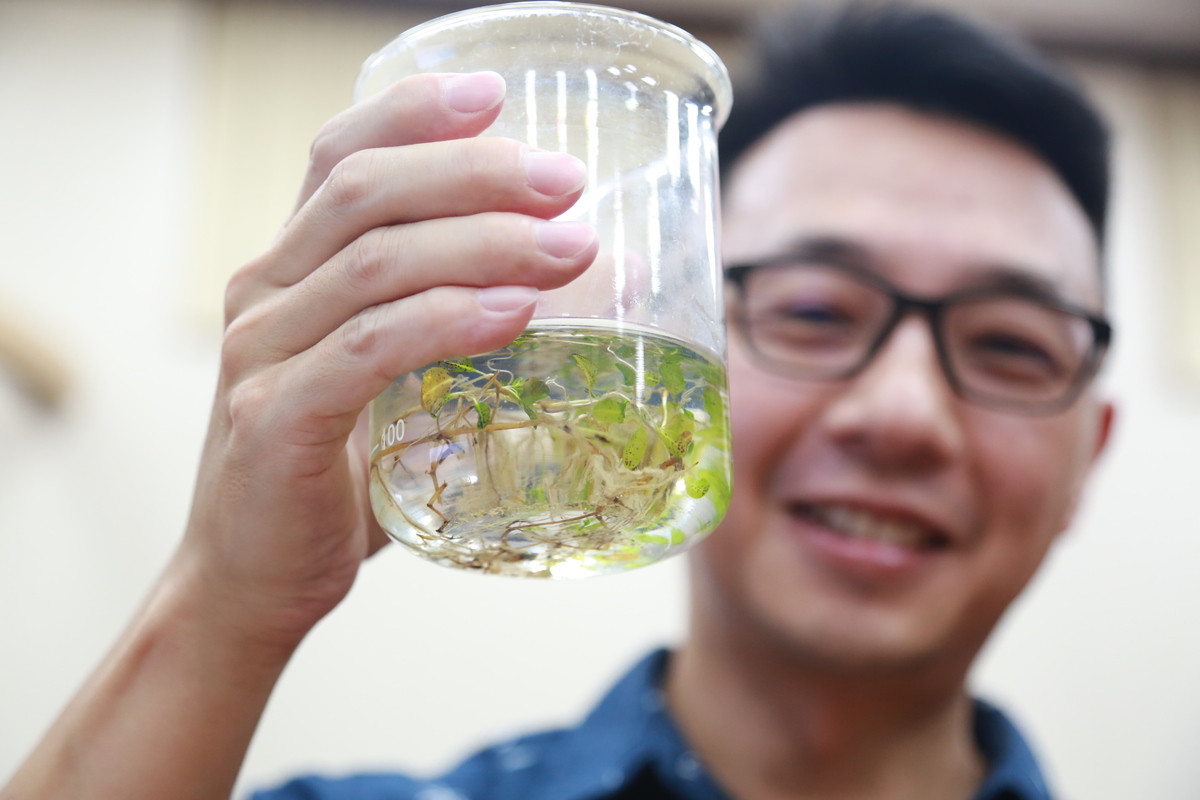
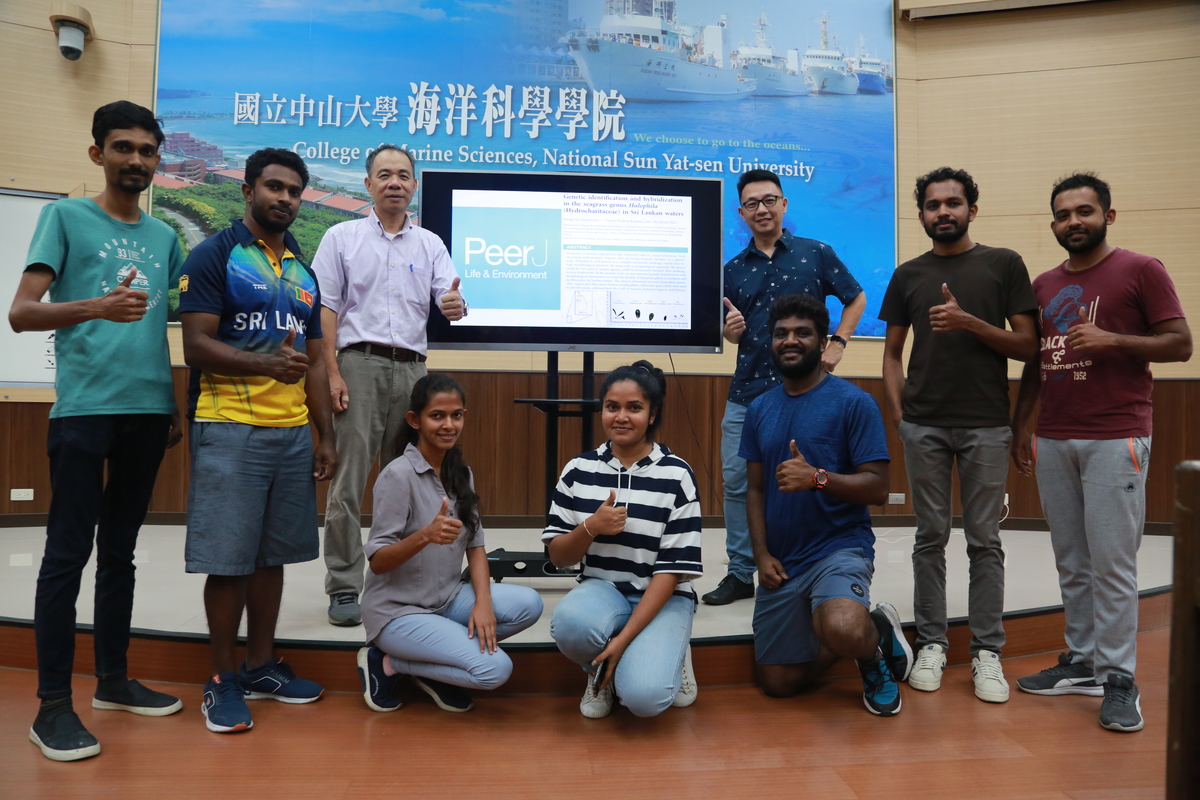
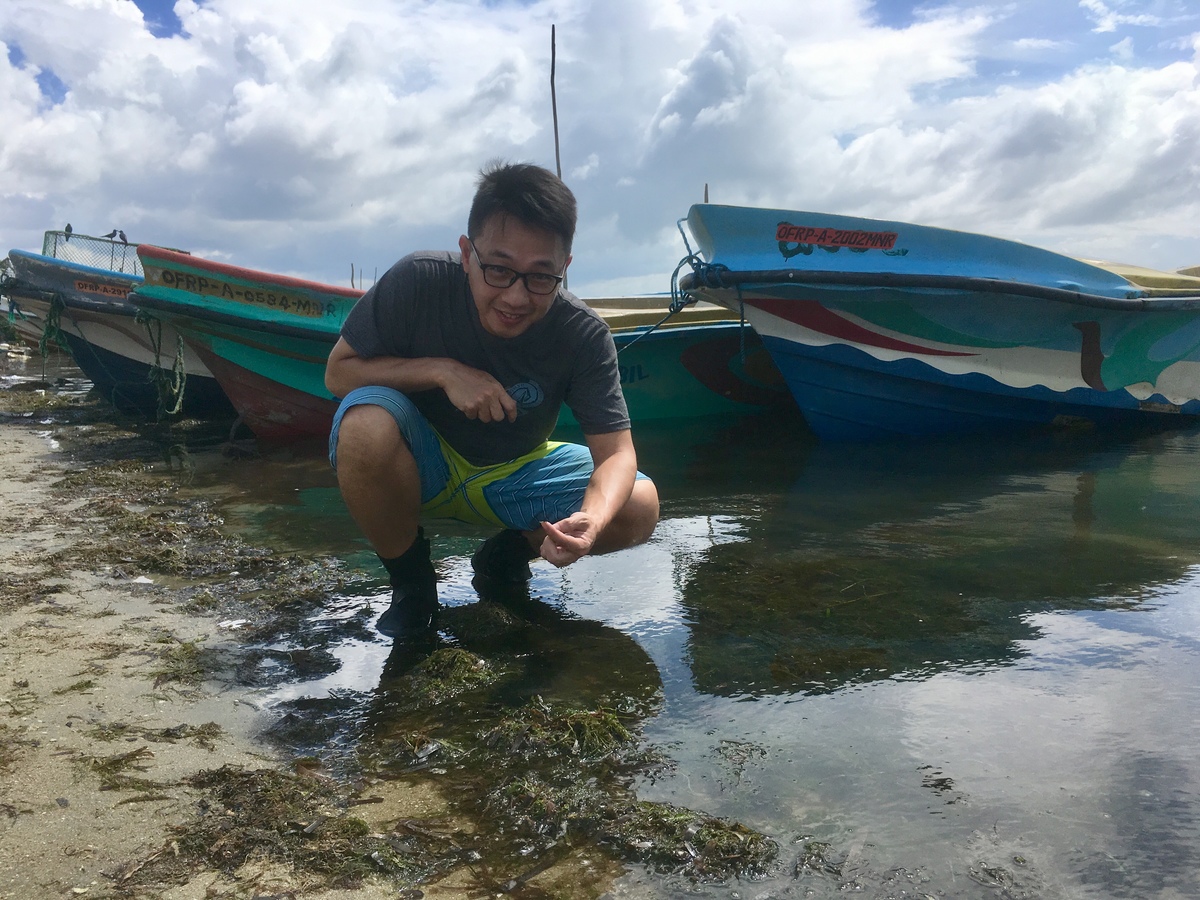
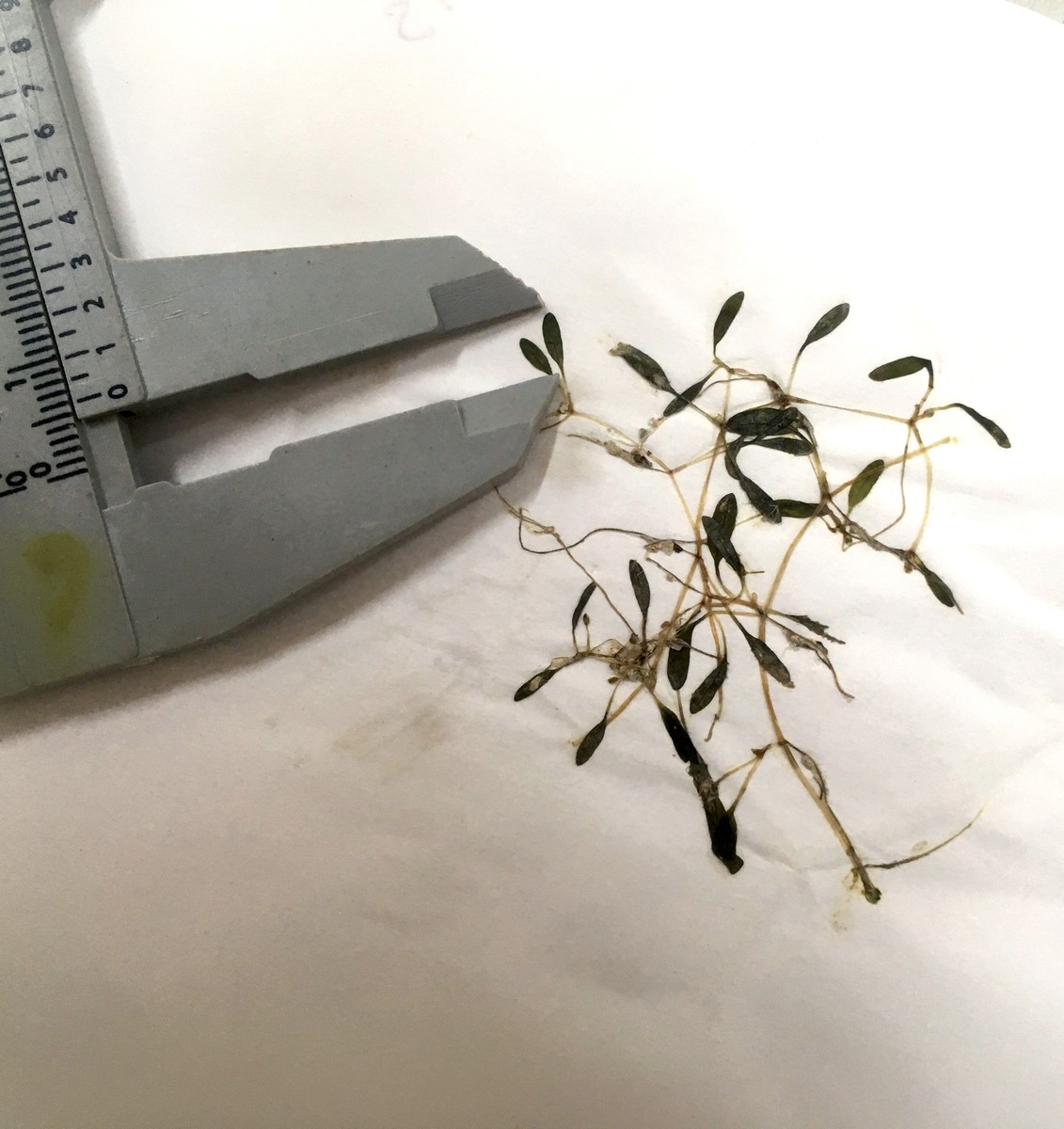
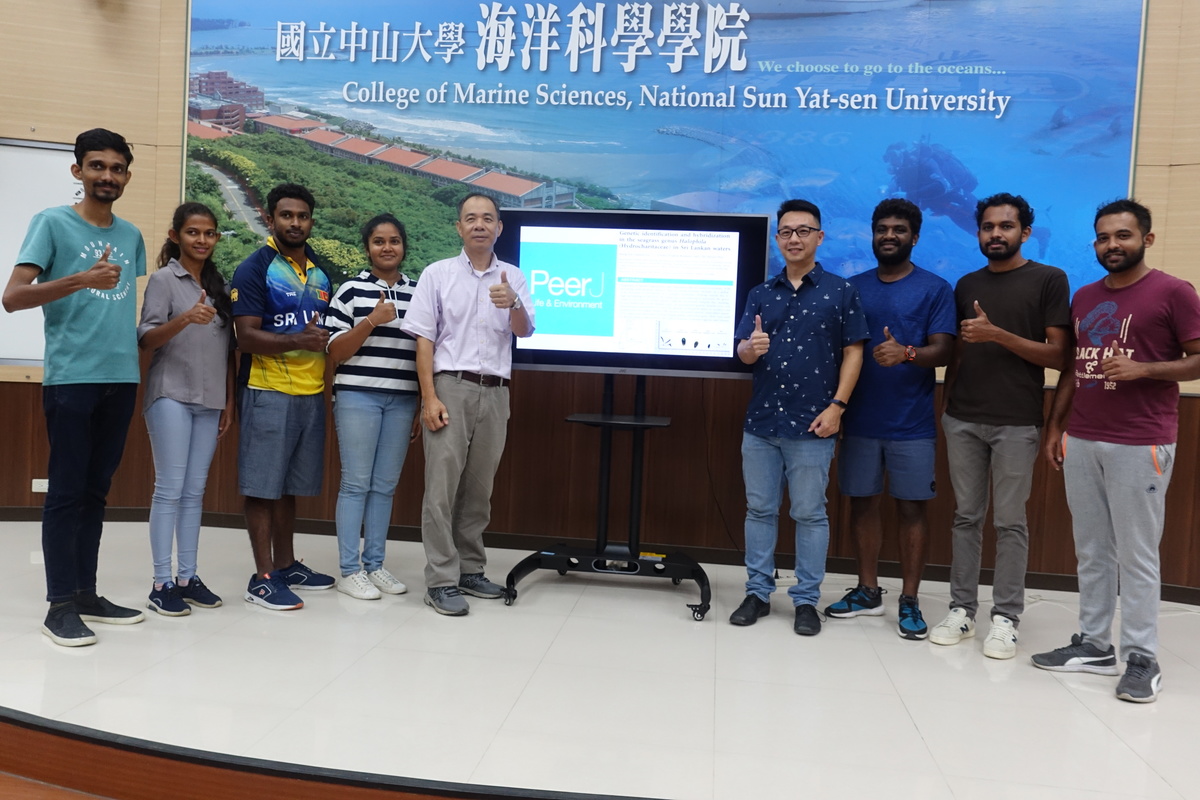
Seagrass beds, in addition to preventing coastal erosion, forming organisms’ habitat and breeding area, are also important sources of carbon to adjacent marine ecosystems. They serve as an important carbon fixer in the marine ecosystem and the carbon they store is what we call “blue carbon”, crucial for the planet. The research team of Assistant Professor Shang-Yin Vanson Liu of the Department of Marine Biotechnology and Resources at NSYSU and Professor Terney Pradeep Kumara of the Department of Oceanography and Marine Geology of the University of Ruhuna discovered the first hybridization case among the Halophila genus and revealed unexpected high biodiversity by genetic barcoding. The result of this study was published in PeerJ on 30 September. It is an important reference not only for the Sri Lankan government but also Taiwan’s future studies of seagrass diversity and distribution, as well as the designation of marine protected areas for seagrass in several coastal areas of Taiwan including Penghu, Gaomei, Siangshan, and Chiku.
The ocean absorbs at least 90% of the global carbon dioxide (this does not include geological repositories), which is around 39 trillion tons. As the largest carbon pool on the planet, the ocean absorbs around 25% of the carbon dioxide emitted to the atmosphere each year. Although the total carbon stored in marine biota is only 0.2% of the terrestrial vegetation, the amount of carbon exchanged by marine biota is comparable to the one produced by terrestrial vegetation. In recent years, climate changes and anthropogenic effects have caused a global decline of seagrass coverage by 7% per year. Therefore, there is an urgent need for research on diversity, conservation, and restoration of seagrasses.
Sri Lanka, a tropical country tormented by a long civil war from 1983 to 2009, is in urgent need of fundamental marine research, which includes research on seagrass. In addition, researches on seagrass diversity published in international journals in the past 30 years are extremely scarce. Professor Shang-Yin Vanson Liu mentioned that the paper the team recently published on PeerJ is the first study applying DNA barcoding method on seagrass of Sri Lanka. The team visited Sri Lanka twice between the years 2018 and 2020 to collect seagrass samples and the results of this study revealed a new species record and two potential new species of Halophila which highlight the underestimated diversity of Halophila in Sri Lanka; the team also discovered the first case of hybridization between Halophila ovalis and Halophila major. In recent years, the coverage of seagrass in Sri Lankan waters was decreasing as well as species composition due to pollution and anthropogenic factors, therefore, species with low abundance may encounter local extinction in the future.
In addition, professor Liu mentioned that Taiwan, which has a similar environment and climate to Sri Lanka, also has seagrass beds distributed patchily in the waters of Taiwan, including south and east coast, and remote islands: Dongsha, Penghu Archipelago, Little Liuchiu, Green Island, and Kinmen. However, comprehensive survey was conducted only in the waters of Dongsha and Penghu where the seagrass bed is well established. Other regions, severely impacted by coastal development and human activities may result in seagrass habitat fragmentation and low population density. At present, Taiwan has 12 different species of seagrasses recorded, however, on the whole, seagrass beds in Taiwan lack comprehensive and long-term monitoring study.
Conservation of Taiwan’s blue carbon is something that brooks no delay, emphasized Professor Liu. He said that due to climate change and human impact, the seagrass coverage in Taiwan has been significantly decreasing in recent years. In 2014, a large part of seagrass beds in Dongsha island disappeared (around 25 km2) and has not regrown until now. He also observed that in other places the coverage and abundance of seagrass has been declining due to coastal development and impact of tourism. The disappearance of seagrass beds does not only mean the decline of seagrass diversity but is also a sign of losing ecosystem's functions, Liu said. Previous study showed that 1 m2 of seagrass around the Dongsha island could capture around 1 ton of carbon a year, and that the entire seagrass around the atoll could capture 120 000 tons approximately. In the future, with the levels of carbon dioxide on the rise, Taiwan will have to put more effort into seagrass related studies, reinforcing scientific education to promote the importance of seagrass ecosystem, establishing marine protected areas and restoring species to protect the blue carbon of Taiwan.
Read article: https://peerj.com/articles/10027/
Note:
This article is the first research paper published cooperatively between Taiwanese and Sri Lankan researchers. The Taiwan and Sri Lanka Environmental Change Sciences and Technology Innovation Center (TS/ECSTIC) is an international cooperation project sponsored by the Ministry of Science and Technology and NSYSU. Thanks to the subsidy granted to NSYSU, under the guidance of Dean of the College of Marine Sciences Prof. Chin-Chang Hung, TS/ECSTIC was established at the University of Sri Jayewardenepura in February 2019, and the Taiwan and Sri Lanka Marine Research Station (TSMRS) was further established at the University of Ruhuna in December of the same year. Both TS/ECSTIC and TSMRS reinforced bilateral interaction and research exchange. During the project, both parties covered such issues as terrestrial biodiversity, marine biodiversity, marine biogeochemical cycle, and oceanophysics.
The team visited Sri Lanka twice between the years 2018 and 2020 to collect samples, and then, combining morphological and molecular approaches, we analyzed 97 samples of Halophila plants collected in the Gulf of Mannar, Puttalam Lagoon and Matara, and with the ribosomal internal transcribed spacer (ITS) and chloroplast rbcL gene sequences analysis: 1) reported the Halophila major for the first time in Sri Lanka, 2) observed a first hybridization case of Halophila ovalis and Halophila major, 3) found two potential new species of Halophila. In the future, the research team will conduct large-scale survey and sampling on seagrass to provide basic information for seagrass conservation and restoration.
